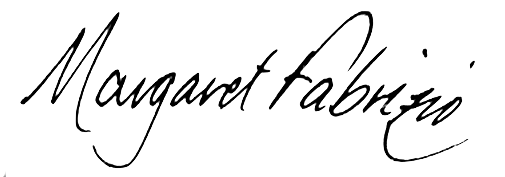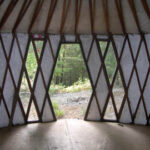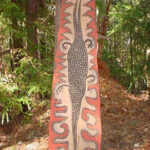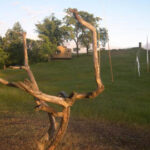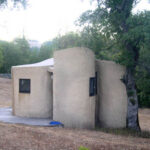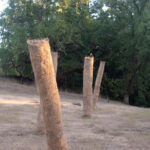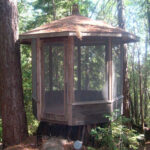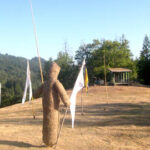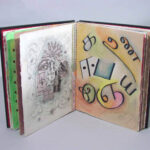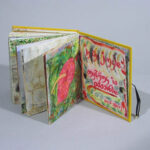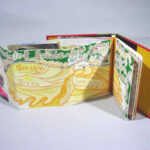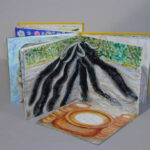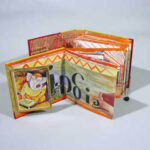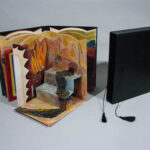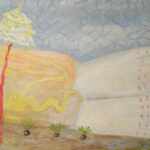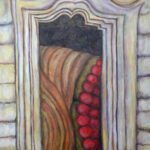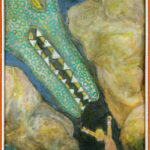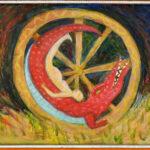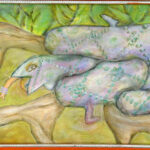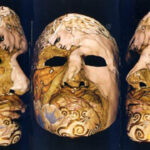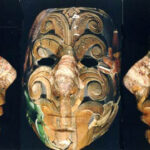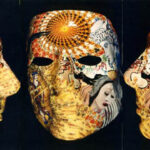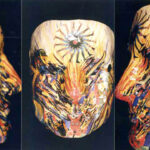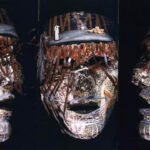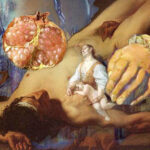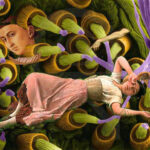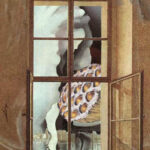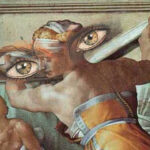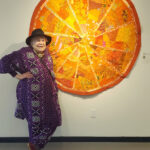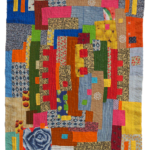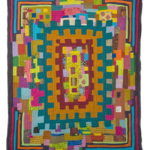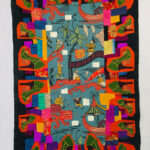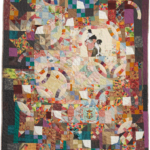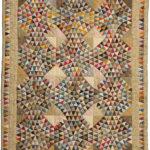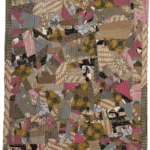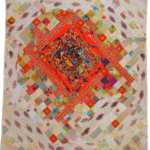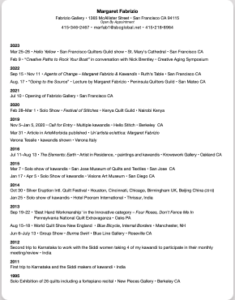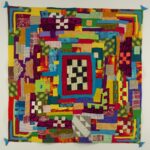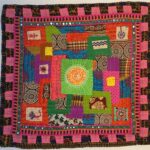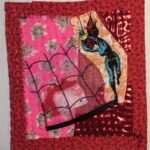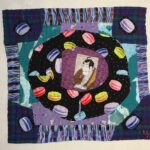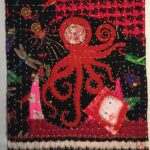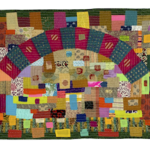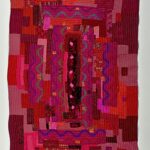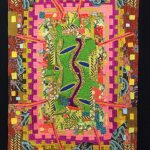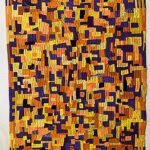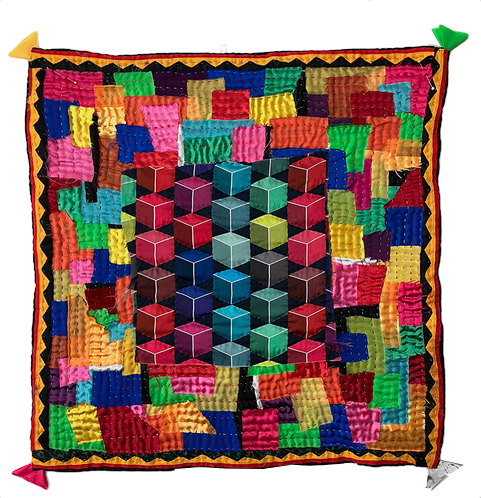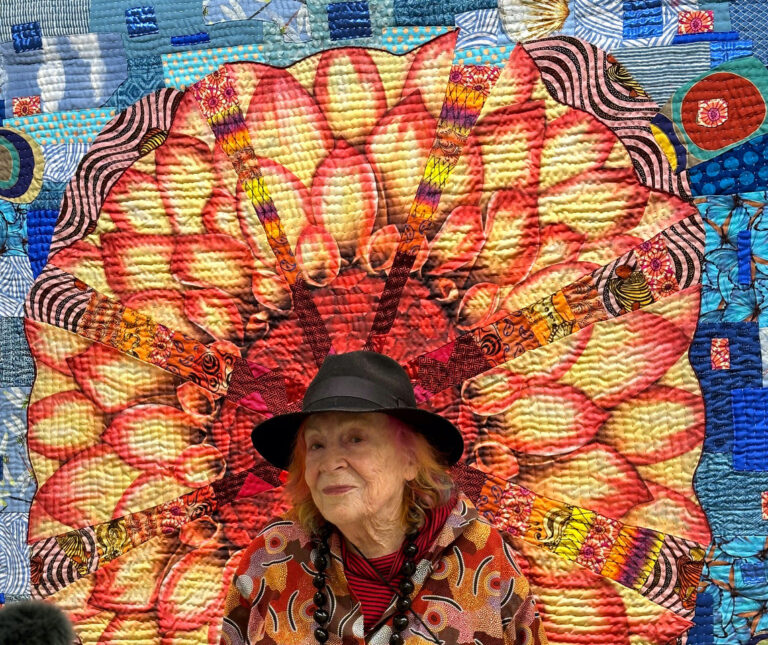
First known as a pianist, then as a harpsichordist, Margaret Fabrizio began her study of piano 6 weeks before her third birthday, appearing in her first recital at the age of four. Later she studied piano with Bernhard Abramowitsch in Berkeley, and harpsichord with Putnam Aldrich at Stanford University.
As a harpsichordist she concertized throughout America, India, and Europe with such musicians as David Oistrakh, Teresa Berganza, the San Francisco Symphony, Carmel Bach Festival, P.D.Q. Bach, and the Grateful Dead.
She is the first harpsichordist to perform Bach’s Art of Fugue in America, this marking her Town Hall debut.
She was on the faculty at Stanford University for 25 years as Sr. Lecturer, specializing in harpsichord, fortepiano, thorough- bass, and giving workshops on the performance of Bach for Pianists.
I acquired the 40 acre piece of land on Pole Mountain Rd., Cazadero, Sonoma County in 1986. Pomo Indians and loggers were my only human predecessors, I found myself in the natural remains of the former and the detritus of the latter.
When I arrived only a vast meadow was accessible, everything else was overgrown, the old logging roads were covered with downed trees, chaotic evidence of logging, and years of neglect. To move through the land required a machete, heavy protective clothes, and a sense of direction. Losing my bearings was a great treat. I no longer get lost, alas.
Using hand tools I began by clearing the fallen trees blocking some of the logging roads, then making small foot paths, usually letting the animal trails serve as guidelines as to the best way to move through this mysterious space. Most of the time my passion has been trail making, discovering the many magical spots and helping to make them visible. The ultimate art form, I am in a giant canvas, that I can gently help to emerge.
As soon as I acquired the property friends wanted to know
‘Where will you put the house?’
What house? This was not going to be about house.
It was all the house.
I am the house.
I began making travel books in 1990 on my trip to Turkey. I try to take a major trip each year usually for a minimum of two months. My book maker friend Howard Munson supplies me with a blank book, which is always a work of art in itself, incorporating many different designs and forms.
After arriving, it sometimes takes a week or so to decide my approach, and even then it continually evolves. I do not take the book out, but do a great deal of sketching and note taking in another work book which sets up a relationship between the environment and me which is more accepting and intimate than that provided by an alienating camera. It is as though I have put my open exposed self into the setting, made myself accessible to the local inhabitants’ observations, judgments and criticism. Sometimes nothing happens, but more often I have been taken up by people and whisked off to tea, weddings, art schools, etc. They seemed to be pleased that I was looking at their scene and trying to record it.
The local calligraphy plays an intricate part as do the many small items I find in strange places.
Working on a book like this can be a private occupation for those mornings when you just don’t feel like leaving the room, or the evenings when the atmosphere on the streets is just a tinge more exotic than you can take any more of.
I have made more that 20 art books and all but one have been completed while on the trip. In 1992 I returned from Bali with an incomplete book and it may remain that way indefinitely. The trip is over.
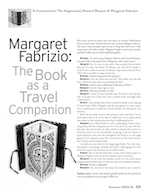
Margaret Fabrizio: The Book as a Travel Companion
<style=”text-align: left;”>Interview and conversation with Howard Munson
Paintings
Inspired by travels in India, Burma, and Sri Lanka, these paintings are on canvas and paper, in acrylic paint. They range in size from 2×2 to 3×5 feet.
Yogini Self Portraits
This series was inspired by the ninth century Yogini temple in Hirapur, Orissa, India. The 64 Yoginis there enshrined represent a cult of female demons who were created by Durga whom they then attended. They were also known as mother goddesses, most are voluptuous, others are shrunken with age. Many are part animal, or posed on animals, and represent supernatural powers.
Presently finding myself in an aging, changing form, bearing the marks of gravity, I saw that there is still a beauty in it, even though it is not the straight, tall, well proportioned body it once was. Hence the Yogini Self Portraits.
Collage
Digital image collages.
Portrait Masks
Portrait Masks are made on the subjects face, dried, reinforced, and then finished on the inside with black plaster. The outside surface is finished and sanded, then collaged with images reflective of that persons inner life, as I see it. Instead of a mask which conceals, it is a mask which reveals something often hidden.
 Read the full story
Read the full storyFabrizio Gallery • San Francisco
The Quilt Show Interview • 17:00
Contemporary Quilts @ Mills Building • :27
Quilt-centric Playlist
